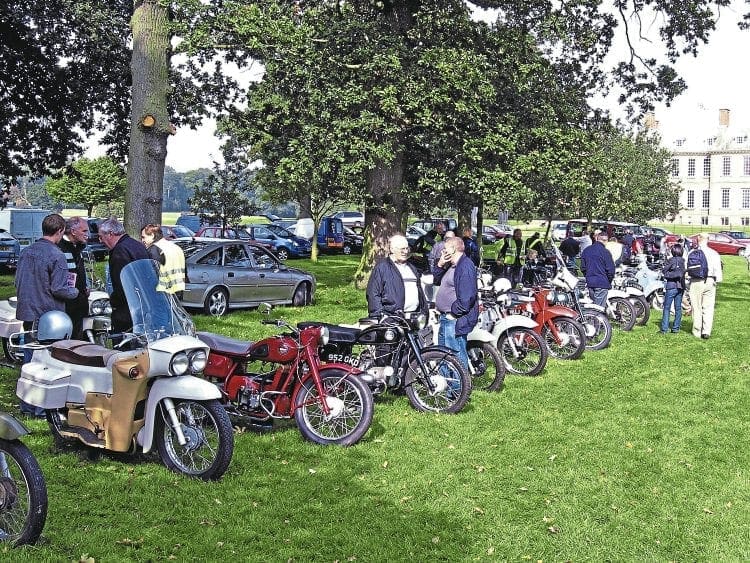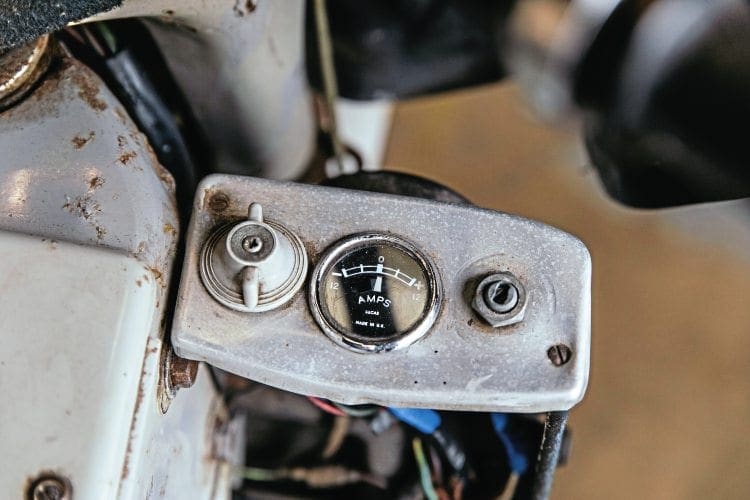From high-end singles and TT victories to a bike for the masses following the war – the Velocette LE would be all things to all men and women
Producing A MASS-MARKET motorcycle for the Everyman has been the dream of many a manufacturer. Velocette’s best-selling motorcycle, which wildly outsold their high-quality postwar singles, was just such a machine.
The LE was conceived during the Second World War and the original idea came from Veloce boss Eugene Goodman, who realised that once the war ended there was going to be a huge demand for personal transport.
Enjoy more Classic Bike Guide reading in the monthly magazine.
Click here to subscribe & save.

Some of the first design sketches were produced by a convalescing Phil Irving, injured when an incendiary bomb dropped on the Veloce factory while he was fire watching.
Goodman reasoned correctly that most people would not want a rip snorting, fire-breathing big single. The market would include returning servicemen and young men and, importantly, women, who would want something inexpensive, clean, easy to start, economical and simple.
Performance was not considered to be important. For the manufacturer it also had to be easy to mass produce.
Silent running was an important consideration, as was the ability to run for miles without breaking down or requiring regular and constant maintenance.

Velocette were not alone in considering a lightweight motorcycle and many other manufacturers also thought that cheap two-wheelers were going to be in demand. Hordes of cheap low-capacity two-strokes hit the market postwar.
In 1948, Veloce announced the LE, which stands for either Little Engine or, according to Velocette historian Titch Allen, Light Engine.
The 150cc LE had many unusual features and was targeted at those who were not traditional motorcyclists.
There was a U-section, beam-type frame with a low seat height and huge bulbous mudguards offered weather protection.

There were large aluminium leg shields to protect legs clad in flannel trousers and nylons and footboards to ensure brogues and stilettos would still be serviceable after a ride.
Read more and view more images in the September 2019 issue of CBG – on sale now!
Advert
 Enjoy more Classic Bike Guide reading in the monthly magazine. Click here to subscribe.
Enjoy more Classic Bike Guide reading in the monthly magazine. Click here to subscribe.


